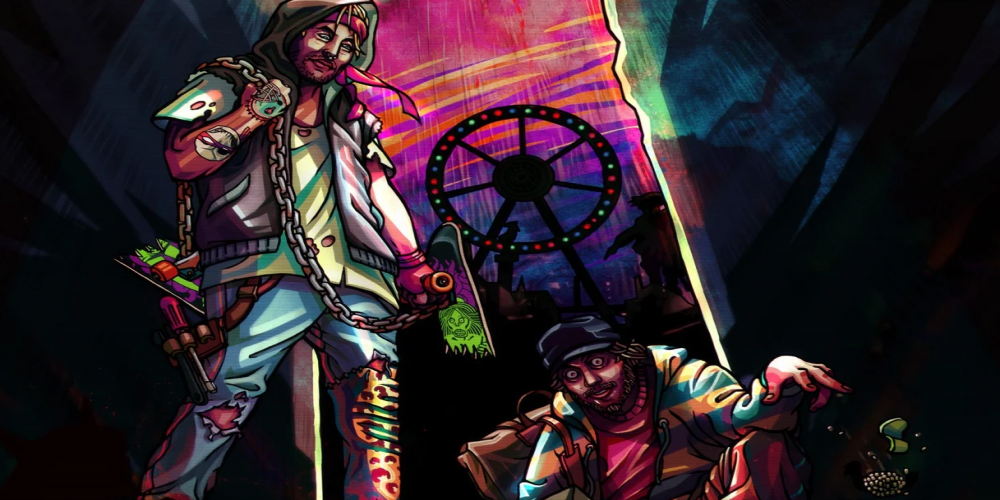
Hotline Miami burst onto the gaming scene stirring a whirlwind of emotions, from elated acclaim to harsh criticism. Its distinct mix of brutality and psychedelic brilliance left few on the sidelines. Following its undeniable success, the gaming world eagerly anticipated its continuation. Almost three years after the original release, Hotline Miami 2: Wrong Number graced the eager hands of fans. The question on everyone's mind: Does this sequel genuinely build upon the original, or is it just an overpriced extension? Let’s dive into a review to uncover the answer.
The narrative of Hotline Miami 2 is a complex tapestry featuring a series of vignettes spread across various timelines, intersecting only on occasion. The notorious deeds of Jacket, the first game's protagonist, set off a domino effect: a faction named "Fans" surfaces, taking on similar directives involving locations targeted for havoc, while a film inspired by Jacket's narrative is concurrently in production. The game weaves together about 7 to 8 narratives, both significant and peripheral. Even as the credits roll, the chaotic storytelling leaves players questioning the reality of events they've just partaken in.
This vast, fragmented tale influences the core mechanics as well. The top-down, frenetic gameplay remains intact: players negotiate levels, neutralizing any threat in their path. The difference lies in the masks—no longer just conduits for unique abilities, each mask correlates to a specific character. Characters like "Tiger" Tony specialize in melee prowess without the option for firearms, while tandem "Geese" Alex and Ash share duties between chainsaw mayhem and gun support. However, the downside to this approach is evident in the level design, which tends to favor certain characters, rendering alternative strategies somewhat nonviable.
Moreover, the game ratchets up the difficulty considerably. More adversaries lie in wait, and their reactions are lightning-fast. Additional enemy types, such as katana-wielding foes who demand close combat or challenging mini-boss encounters, further complicate player progress.
The scope and variety of environments also receive an upgrade. If Hotline Miami kept players confined to urban landscapes, its sequel would expand the horizon with mafia-controlled docks and military encampments nestled within Amazonian jungles—a necessary inclusion of Mother Russia. This environmental diversity nudges players towards firearms, impacting both difficulty and gameplay variance.
The sequel does not slack in offering a range of bewildering and thrilling scenarios, true to Hotline Miami’s unique flair—eliciting everything from sheer excitement to puzzled indifference.
The auditory experience remains a standout feature, with a soundtrack that maintains an upbeat tempo and continues to captivate players. Even though some may argue that the sequel’s tracklist isn’t quite as memorable as the original’s, the music remains a matter of personal preference, with several tracks likely to find their way onto players' personal playlists.
Yet, the game isn’t free from technical hiccups. Glitches, though not game-breaking, can be apparent: canines might get caught in an endless circular trot, and security personnel can become ensnared in doorways.
In sum, there’s little else to add about Hotline Miami 2: Wrong Number. Disregarding any naysayers, this sequel retains all the elements that made the original beloved—a visceral, stylized overhead shooter that leaves a deluge of impressions in its wake. Just like the first installment, it's a rush to outdo previous scores, revisit levels with different tactics, ponder the storyline, and engage in playful mayhem. Hotline Miami 2: Wrong Number magnifies the best parts of its predecessor by threefold. It's a must-play for newcomers and a welcome homecoming for veterans.